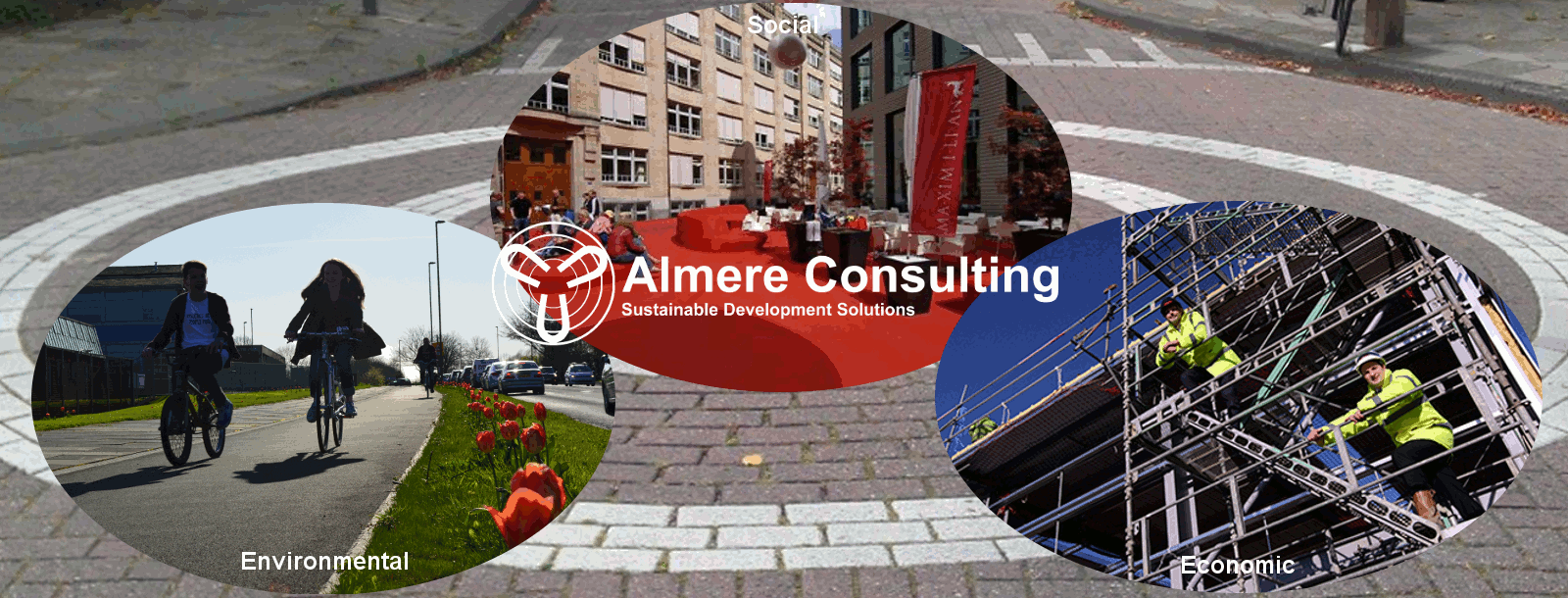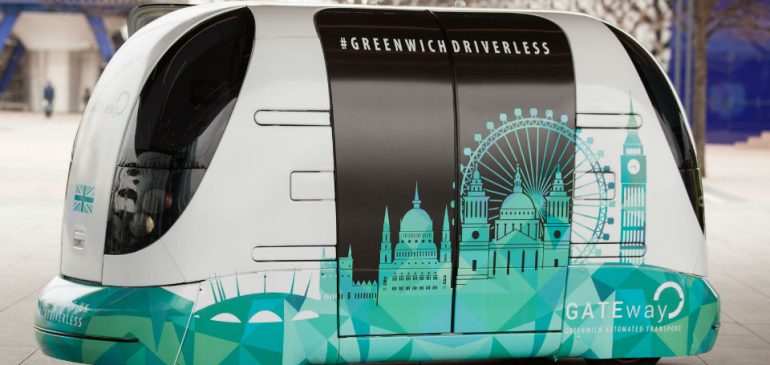
Autonomous Vehicles
Open a newspaper these days and you’ll see prediction after prediction that “Driverless Cars” are set to take over the world in the next 5-15 years and create a market worth up to $2.6 trillion a year.
Why is this relevant for sustainable development, after all it’s just more cars, isn’t it?
The problem at least in part is branding, right now many of the trial vehicles look like cars, it’s hard not to think in terms our current transportation model which involves a lot of people signing up to fixed costs of keeping vehicles on their driveway.
Refer to these vehicles as Autonomous Pods or battery powered trolley buses and suddenly a very different picture emerges. Its highly likely that within just a few years these vehicles will become an important part of urban mobility, replacing taxis, some bus services and some private car use.
If you are in any doubt that there is a viable business model that companies like Uber or Google are pursuing, take a look at the relationship between earnings and vehicle costs in the taxi industry. In the UK a taxi driver earns on average £1,500 per month, whereas a large Mercedes MPV can be leased for around £200 per month. Remove the cost of driver and potentially taxi fares can fall to below the cost of a bus ticket.
The trials of AV Pods that are getting underway in Greenwich are based on a more advanced version of the Pods in use at Heathrow Terminal 5. Take one look at these and you’ll realise instantly that this is a public transport solution with potentially fixed costs as low as a taxi operation.
In new developments there is still an urgent need to design for higher levels of walking and cycling, but it looks like we’ve finally got a public transport solution on the way which can compete with private car use for longer trips.



